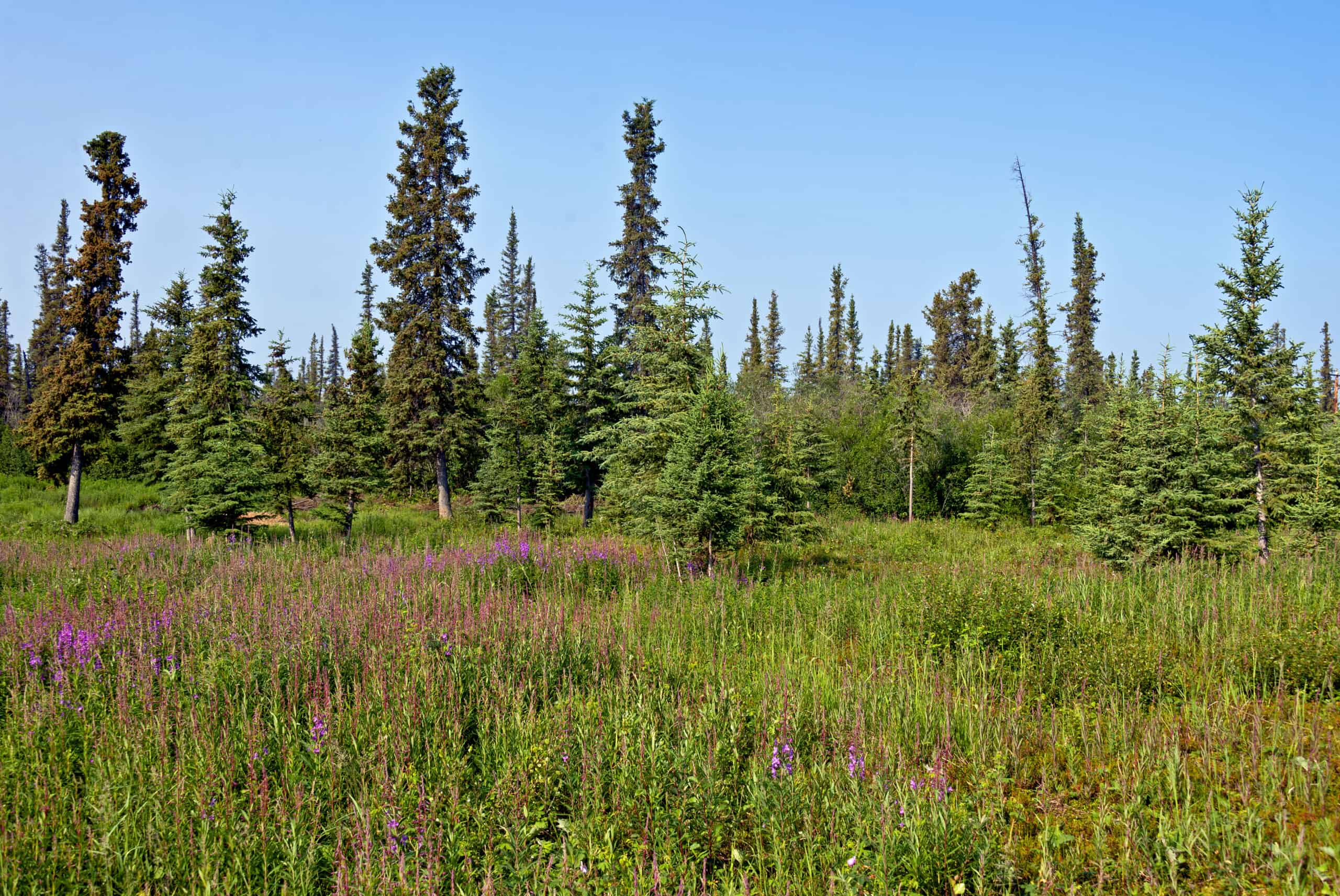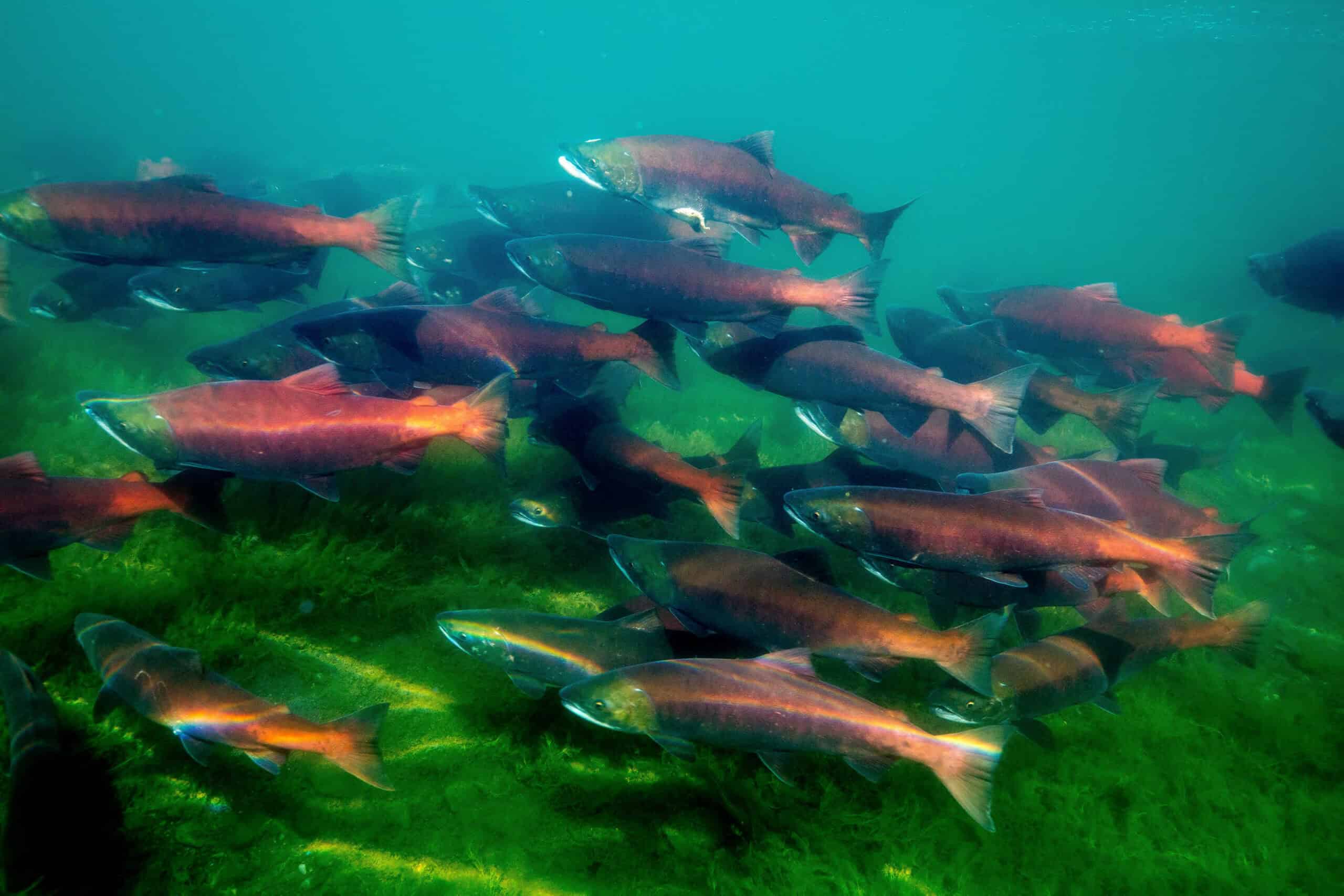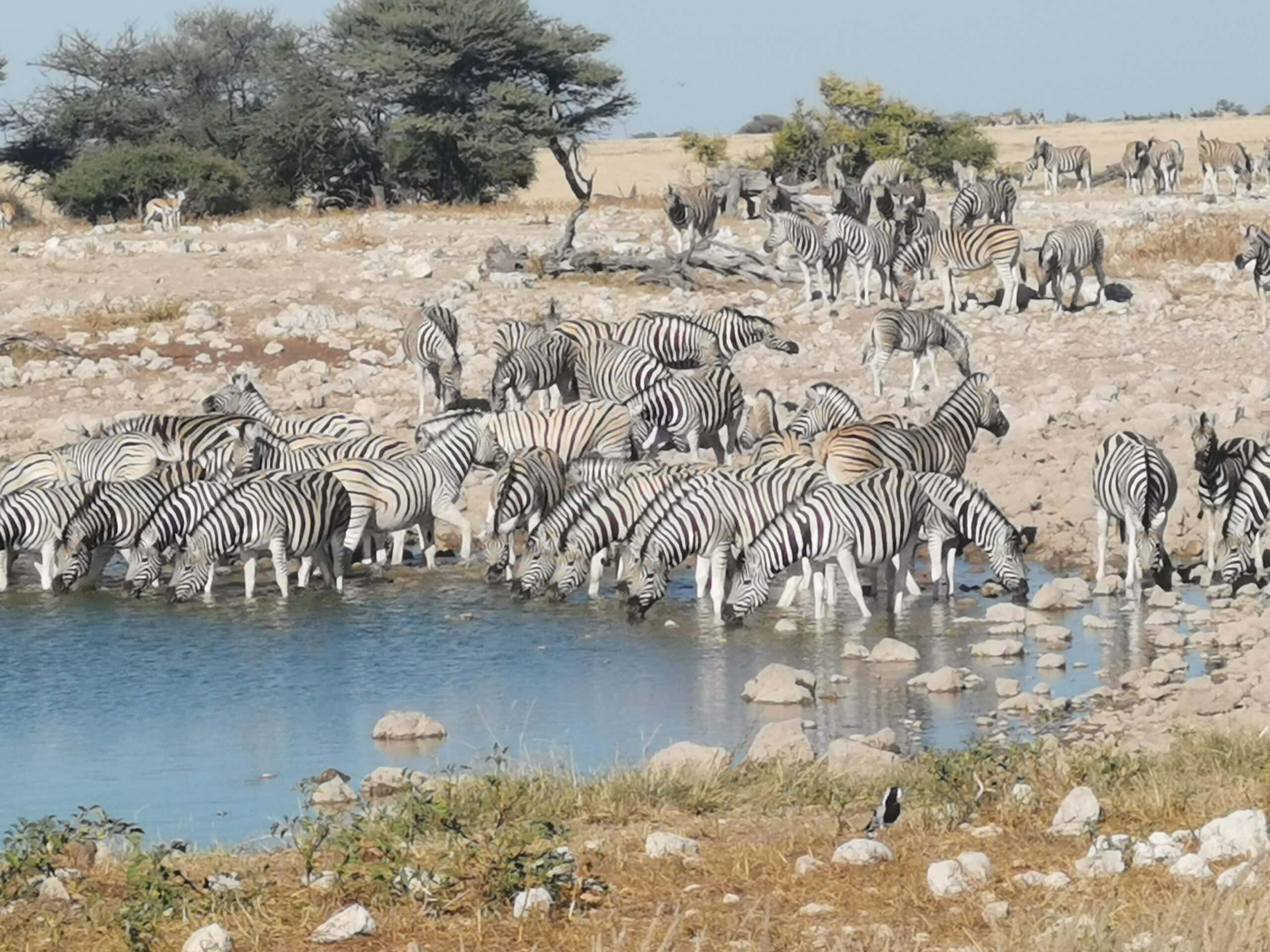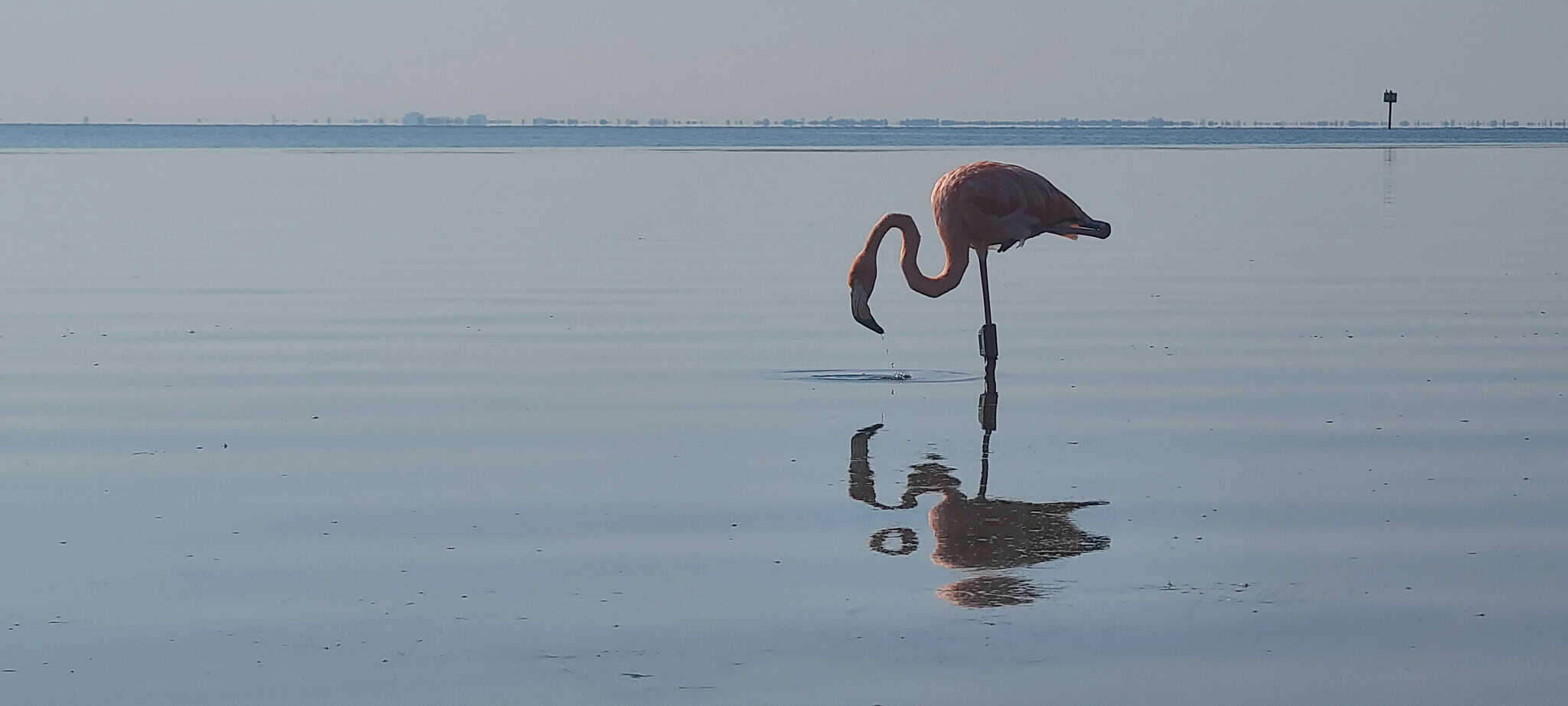Share this article
Boreal forests and tundra among hardest hit over 500 years of climate change
These landscapes also play a significant role in regulating climate
The boreal forest covering much of Canada and Alaska and the treeless shrublands to the north may be among the most impacted by climate change over the next 500 years.
Most climate prediction models run to the year 2100, but in a study modeling changes through 2500, researchers found that much of the boreal forest and tundra regions could be seriously impacted. These landscapes also play a significant role in regulating the Earth’s climate.
“By looking much further into the future— the future that our grandchildren will face— we can see that there is a significant difference between climate change rates, species migration rates and their migration ability,” said University of York professor Christopher Lyon, an author on the study published in Philosophical Transactions of the Royal Society B.
“Trees, for example, will migrate much slower than birds and mammals,” he said, and boreal decline radically changes the ecosystems they’ve formed since the glaciers retreated about 12 000 years ago.”
Header Image: White spruce trees dominate the landscape south of Inuvik, in Canada’s Northwest Territories. Credit: Daniel Case








